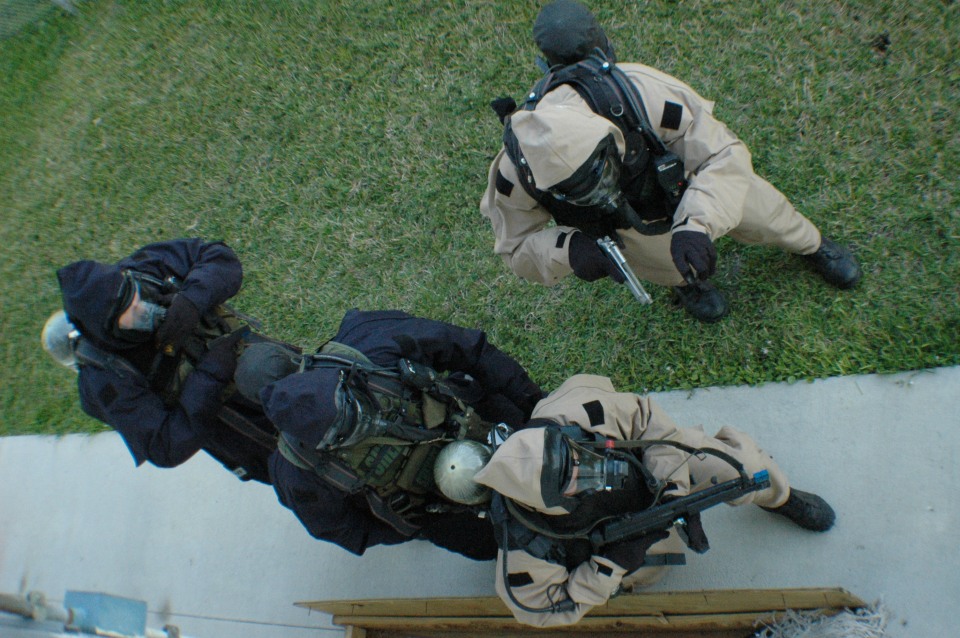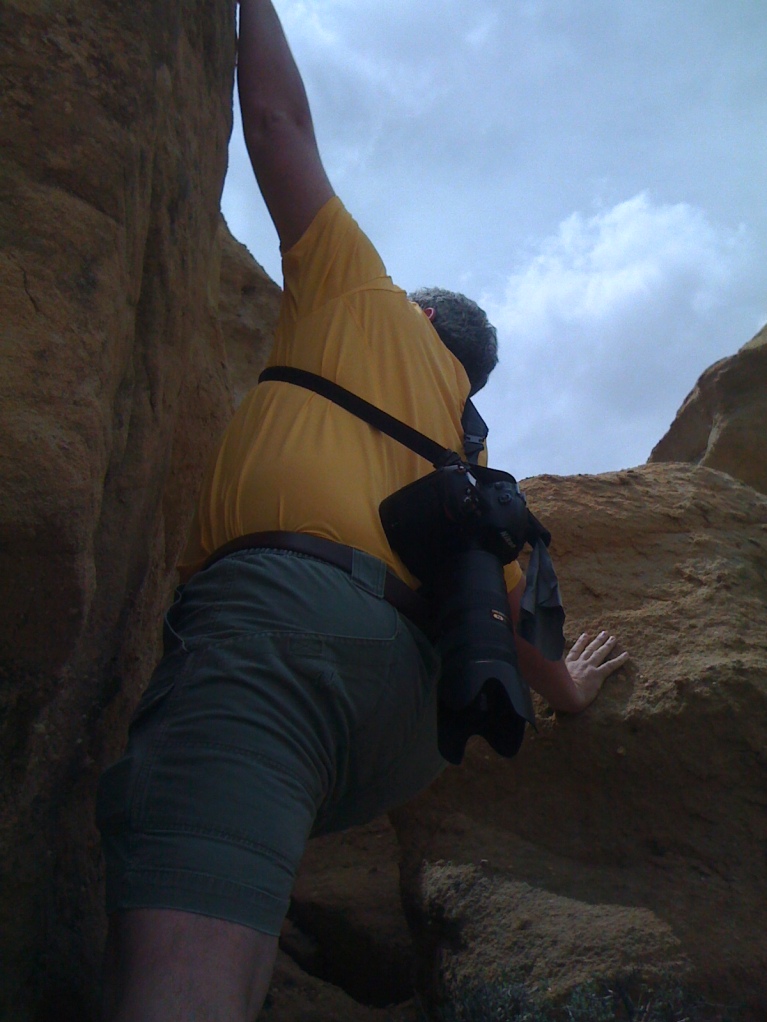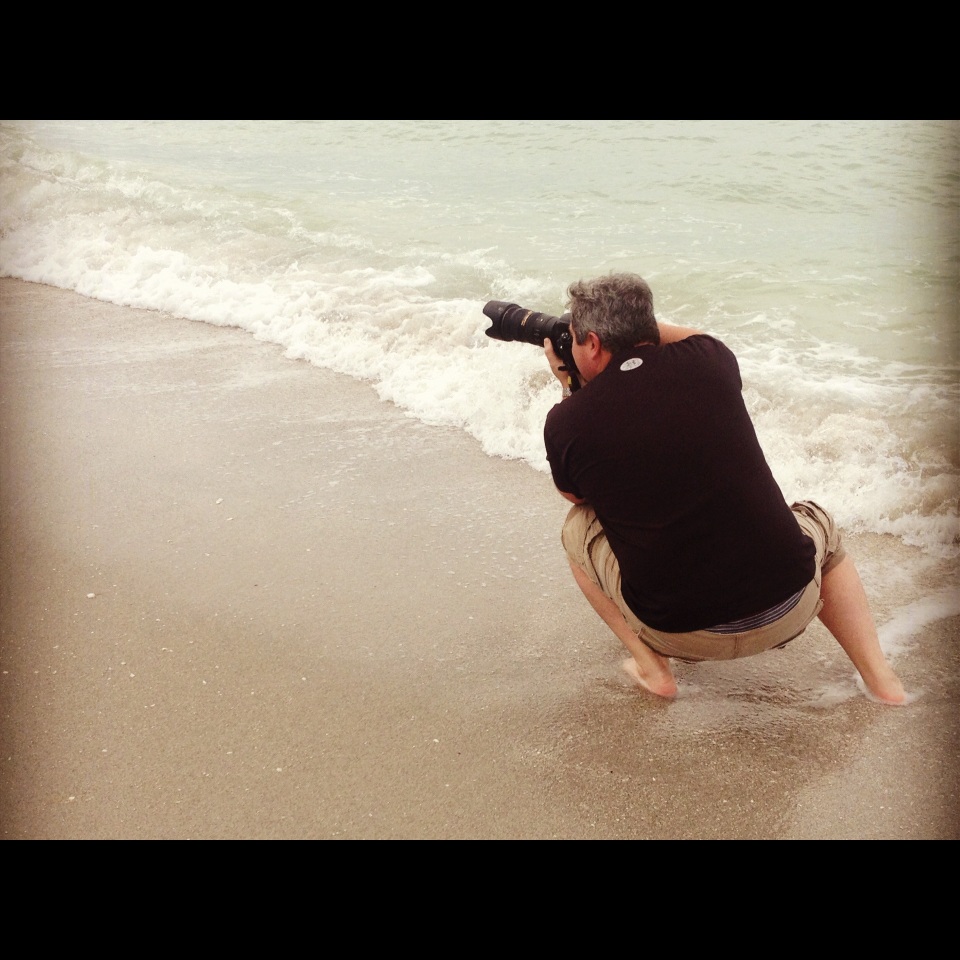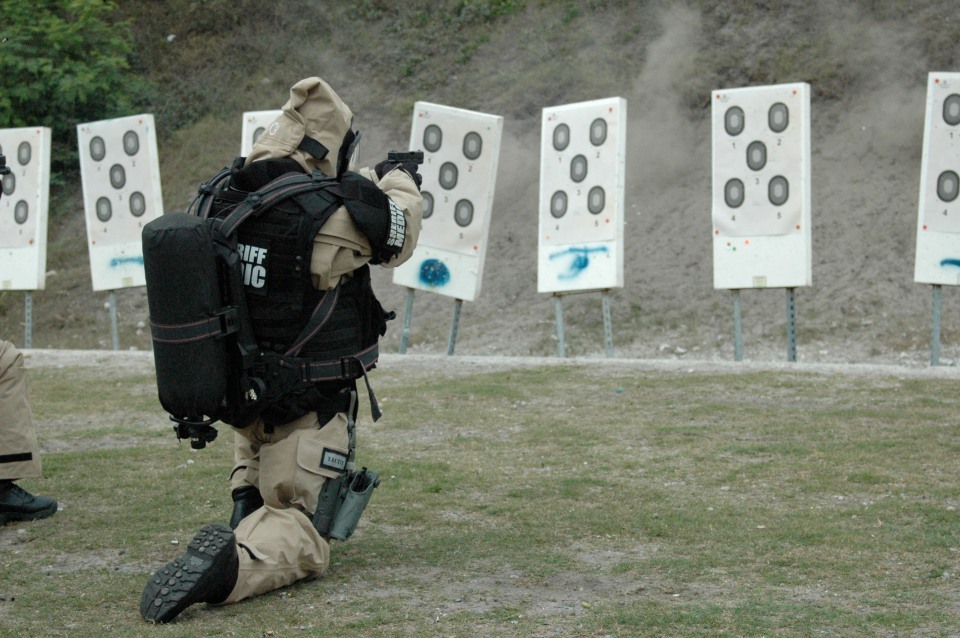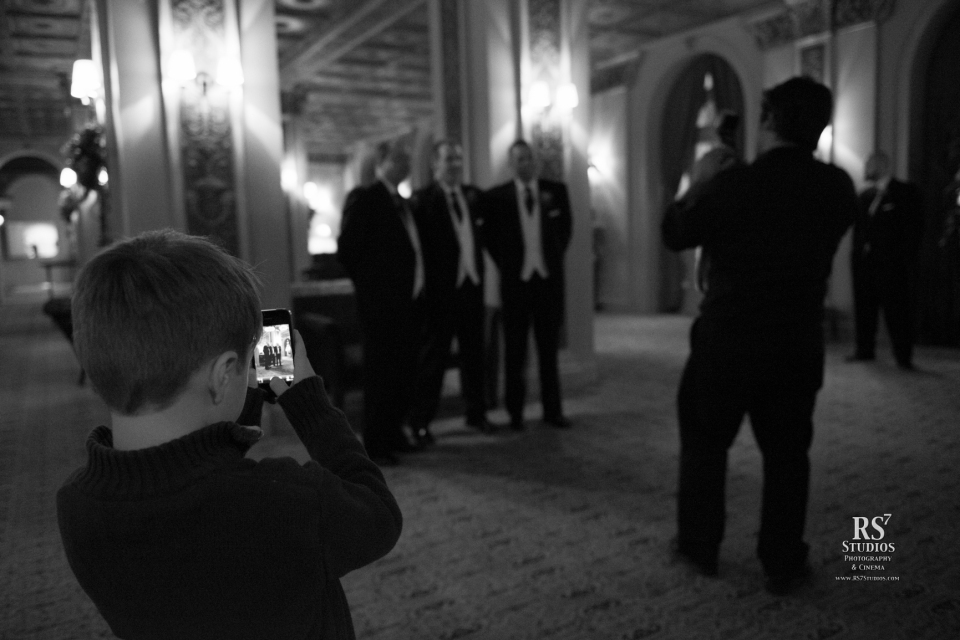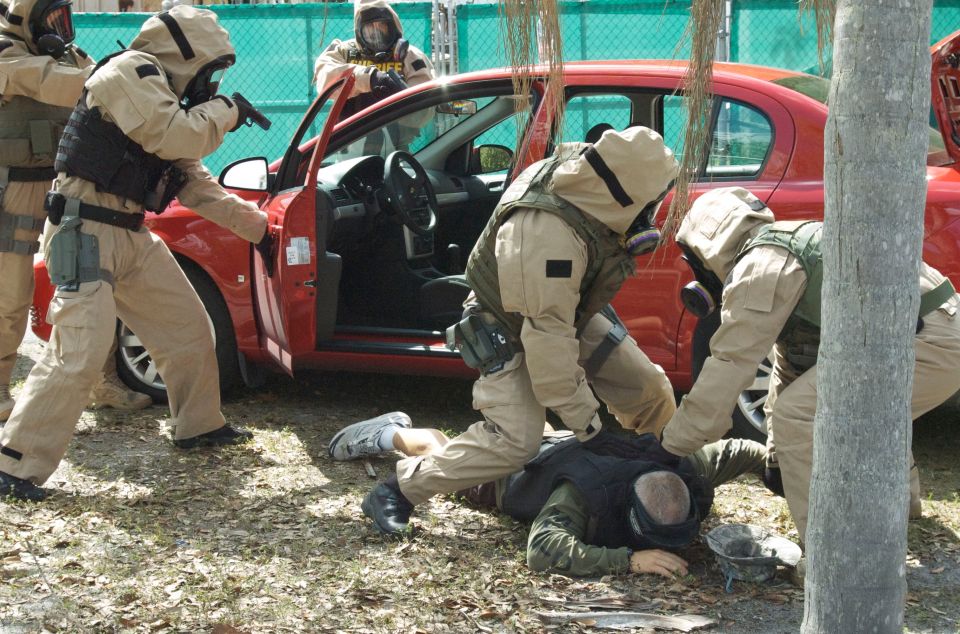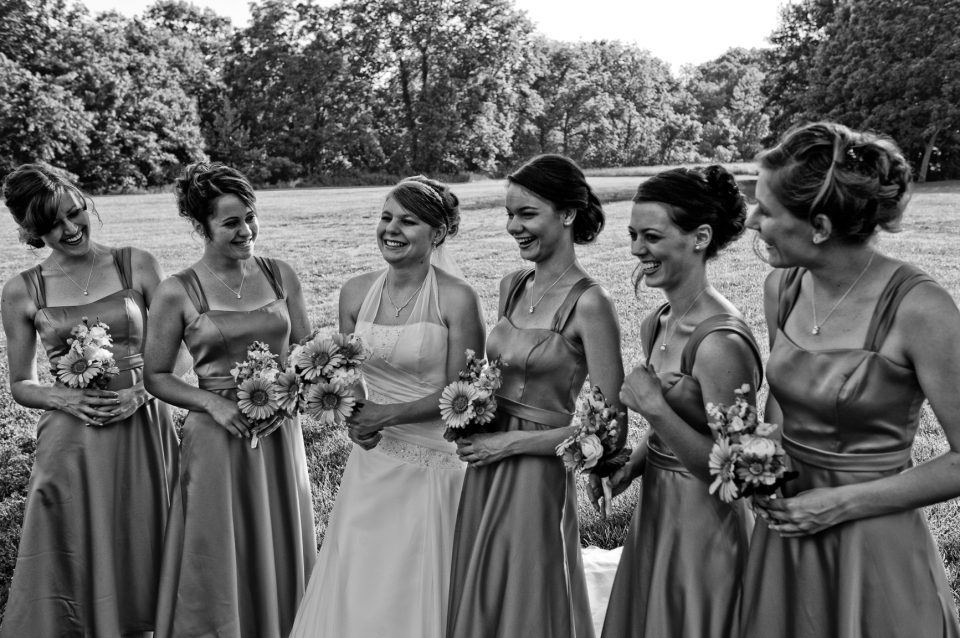Home » Buisness
Category Archives: Buisness
The 7 Steps to getting ready for a professional business portrait
by Richard Shoaf, founder & signature photographer, RS7 Studios
The 7 steps to getting ready for a professional business portrait include:
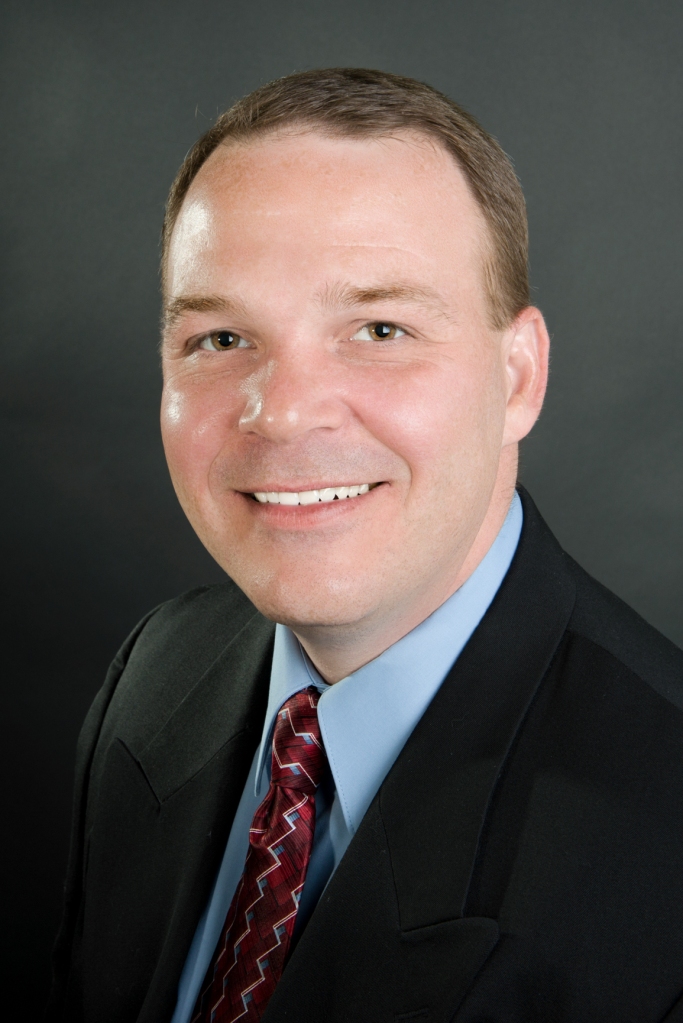
Counter-Terrorism to Weddings (part 2) “What skill sets translate?”
By Richard Shoaf, Founder/Photographer, RS7 Studios & STCI
Last time I talked about making the leap from CT to photography. This time I will discuss the 7 key elements that directly translate from one profession to the other.
1) Training and Education: Essential in both professions and the concept of being a “lifetime student” is critical. “Iron sharpens Iron” as you will here over and over from our team at RS7 and STCI. If you work and train with the best you will become and remain the best.
2) Planning: As for any commercial photography/cinema project, wedding or emergency operation, prior planning prevents poor performance. The “peter principal” is still just as germane as in any profession. Conditions change, (lighting, weather, schedule et. al.), plan for it. Know your location, scout the high ground and plan your shot. Own the High Ground.
3) Exercise & Trade Craft: When scouting locations and planning your shot you need to train like you work. Don’t simulate conditions, get out there in them and see how you will perform. Get out and shoot in the cold and heat to see how you and your gear respond. When it is raining see how you can adapt you and your equipment to perform when needed.
4) Logistics: Sun Tzu “ The line between disorder and order lies in logistics…” You can be the best photographer or CT operator in the world but without the right equipment, at the right place, and at the right time you are useless. Know your gear. Stage your gear and prepare your gear. Recently at a wedding we pre-staged lenses and spare lighting units forward from our location so as we progressed we would have them where we needed them.
5) Accuracy & optics: Sighted in your primary and secondary weapon it is mission critical. Checking your optics and calibrating your focus sensors is just as important to a sport or wedding photographer. You want your images to be tack sharp if at all possible. Sometimes conditions do not allow for this however this should be your goal.
6) Think then Act: Observe behaviors and know when to take the shot. As you observe people you can tell when and how the will act and when they make their motion to move you will be ready. There is no reason for a professional to lock in and shoot 11 frames a second to get lucky for an image (save some sport photography – that’s another article).
7) Develop unique skill sets: This somewhat goes with training and education but you want to have a specialization and the ability to be a generalist. You should have a base foundation of skills across multiple disciplines to translate into your work. You also need to develop your specialization and hone your craft so it stands out from others.
In short, work and train hard with the best while developing your craft.
Fiscal Cliff and the New Year
A parallel entrepreneur’s perspective By Richard C. A Shoaf, Founder STCI, RS7 Studios & Compass Consultant Services
Here we are again, setting on the edge of our seat awaiting the stalemate government debating to do their job and compromise to clear the log jam of government.
As a small business owner if we failed to set our budget for years on end with customer service ratings in the single digits for over 4 years we would not be in business.
Dear Senators and House Members: Wake the heck up. We are unhappy with your performance, on both sides. Democrats, time to cut the spending in a way that actually affects our budget. It will require programs that your “favorite contributors and constituents’” like but its time to cut, cut and cut some more. Republicans, it will require an increase of revenue, caps on deductions and cuts to eliminate the deficit. Yes this is to the military and homeland security. There is waist, fraud and abuse across government programs and it is time to seek them out and fix it. These people and programs will be better for it in the end and we as citizens don’t need ice delivered to our door an hour after the power goes out. We can be self-reliant for a period of time. We should, on our own have a plan, prepare and be ready for loss of power or heat. Those who do not, then they suffer the consequences of not being prepared.
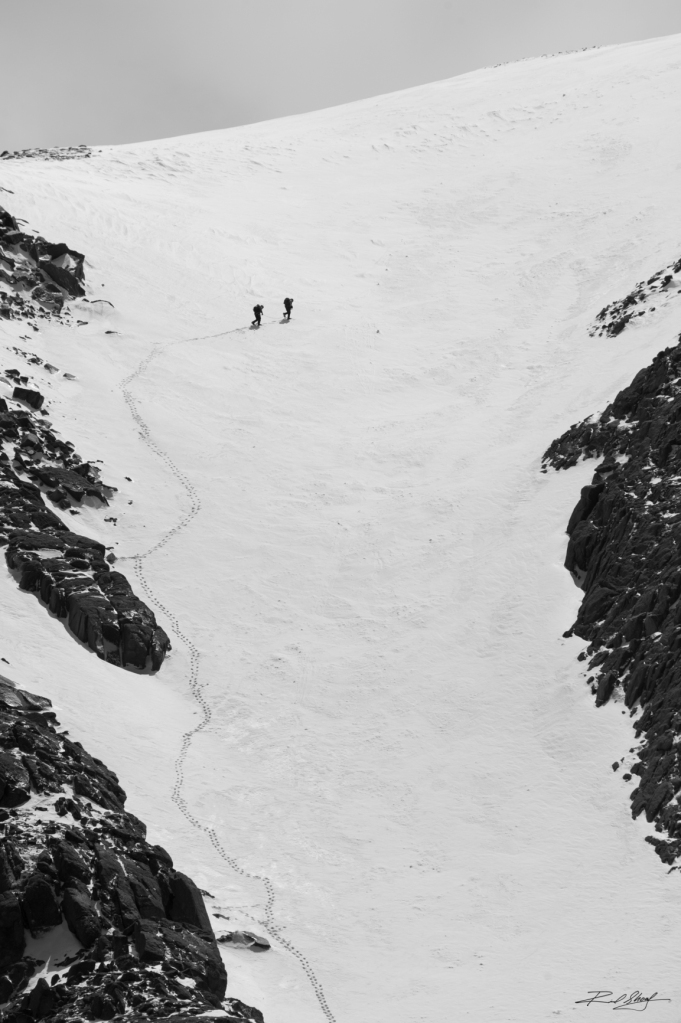
When we come upon financial hard times we tighten our belt and move forward. We put money aside for the bad times and spend it wisely. You continue to spend good money after bad. Boys & Girls in congress, and you too Mr. President, time to roll up your sleeves and get to work.
Is the fiscal cliff is actually all that bad? Taxes go back to where they where not too long ago and government spending gets cut 10%. Time to knock off these subsidy programs and let market value prevail too. Foreign aid to countries that are not our allies needs to be dropped off as well. A dollar saved is a dollar earned, but I don’t think that is how any of you think as your approval rating is in the single digits and the rest of us are watching. As General George Patton said “Lead, follow or Get out of the Way“.
Getting the shot at the wedding, as a photojournalist…
By Richard Shoaf, RS7 Studios
There you are, working with your trusted fellow photographers at an amazing venue as a Saint Louis Wedding Photographer. The location is all ready, the guests are arriving for the big day. Your primary photographer is diligently creating the images that will be the new families heirlooms while you are functioning as the “second shooter”.
The term “second shooter” is not exactly what one would think sometimes. The “other” photographer has lots of responsibilities and often is allowed the freedom to capture those unique moments of raw emotion while the primary photographer is being a good steward of their time creating images that are expected.
I find while “second shooting” I have the freedom to capture those emotional moments that are unscripted while disappearing into the landscape. There are many rules of wedding photography. One that should be headed is, a wedding should always have no less than two photographers. Moments have and will be lost if you are only bringing one photographer to the big day. Primary and secondary photographers are not necessarily subservient to each other; they are a team with the goal of capturing all of the moments while documenting the day for the couple to share with their children and grandchildren.
Limited Edition Prints for Christmas
Limited Edition Prints for Christmas.
Looking for that unique gift that is awe inspiring? Stop by our art gallery and studio in Lake Saint Louis and see our Fine Art Prints on canvas, acrylic, and metal. We can have them wrapped and delivered to you before the holidays. We only release one new Limited Edition Fine Art Print a month. Stay tuned for December’s announcement.
Counter-Terrorism to Weddings, how does one make this unfathomable leap?
There I am, sitting down with a couple discussing one of the most important days in their lives to that point in their lives and they ask me that obligatory question, have you always been a wedding photographer?
When I answer the question fully, it always spurs on an extended conversation away from the focus that we desire, their wedding day. So usually I say “I have worked across multiple disciplines, always using photography in one fashion or another”. I keep it simple in my response as not to take us off course and make the conversation about me, as it’s not about me, it’s about them. They are much more interesting anyway, I have lived with “me” for the past 42+ years and am really interested in their desires, plans and what inspires them. This way I can fully understand their goals and how we can do our best for their special day.
If I where to fully disclose the response to their question, it gets to be lengthily and laden with so many questions that it truly detracts from our goals. I have used photography since I was involved with music and theatre in high school. My father purchased a professional level SLR camera when I was a teenager and he passed it onto me due to my interest in it. As I transitioned careers across public safety I used photography in my daily routine from forensic fire investigations to insurance fraud. One does learn a lot about depth of field, ISO (ASA at that time), and lighting when you are in a burned out building in the dead of night with no way to check your shot. Those of you who have started photography in the digital era consider yourself blessed. The level of pressure to assure you get the right images for courtroom presentation all the time knowing that the building would not be there the following day to “reshoot” is significant.
Later we started a consulting firm (1993) providing training, consulting and equipment to emergency services, government and general industry. Being a graphical guy and knowing the way to convey solid messages in our advertising we used imagery in both print and video. This separated us from the others in our discipline. We even added video capture to share with our course participants to drive home lessons learned. I have to admit that cameras on primary weapons in the shoot house, high speed cameras on the bomb range and use of underwater housings for WMD / CBRN operations is fun and has had value added to our clients.
All this time I personally honed my art and skills as a photographer, businessperson and most importantly a husband. So why does one make a transition from counter-terrorism to wedding photography? Its simple, love.
Customer Service in the Photography Industry
By Richard Shoaf, founder RS7 Studios & STCI
We are approaching 20 years in business and we are often asked, “how did you do it?” I will start with inspiration and the desire to move forward. That is how our company started and continues to grow. Secondly it is to understand business, which many will quiver at the thought when I say “I am 70% business person and 30% artist” Now really my heart is 100% artist, I just understand that the business aspects of running a company have to dominate the day to day operations with the artwork being the focus.
Recently I spent a week in Chicago at “Skip’s Summer School” and Skip Cohen mentioned a quote “If I can see the world through my client’s eyes, then I can sell my client what my client buys!” ~Ed Forman, Polaroid. Take a moment and think about this. It has multiple dimensions.
First, your artistic eye is likely what gets you up in the early morning to capture a sunrise image with a newly engaged couple, however if that is not the image that they are looking for was it the right thing to do. Know your client. This is what separates professionals from the rest of the weekend warriors. One thing we have learned from our commercial clients is to talk to them about the vision of the project then deliver on that vision. You may say “my client does not know what they want”, and my answer would be, have you spent time with them trying to understand what their likes, dislikes and passion are? They may not know the vocabulary but you can have a consultation with them to fully understand what their inspiration is.
Second, when you are doing a portrait review or sales session with the client, its all about presentation. See it through their eyes. Comfort, simplicity and luxury should be present during this time. If you have a studio consultation space, you want to have it comfortable for them to view the images you are reviewing. It should be simple and not distracting from their images and luxurious. You would not sit in the Ferrari dealership in a hard wooden chair would you? Think about that for a second.
Third, when a client has a question, concern or issue. Follow my simple mantra in almost everything I do (or at least try to), “Listen, then act”. Yes, a two part customer service program. Listen to the customers wants, desires, needs, and goals. Ask questions of clarification to fully understand what they want only after they have fully expressed themselves. Then ask them what would be a good remedy, if appropriate. If not, provide a couple of solutions that EXCEED their expectations. Then act on them swiftly.
Wedding Photography & Cinematography
When we started Richard Shoaf Photography we had a large scope of knowledge, skills and abilities. Some of which found us in fun and new areas to work tougher. We have brought together an amazing team of 7 Artist with 1 Vision which is your happiness.
For more video, motion film and photographs you can visit http://www.RichardShoaf.tv too!
Here is some info on an upcoming Bridal Show:
2011 in review
2011 annual report for our blog.
Here’s an excerpt:
A San Francisco cable car holds 60 people. This blog was viewed about 1,100 times in 2011. If it were a cable car, it would take about 18 trips to carry that many people.

